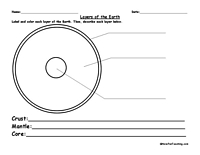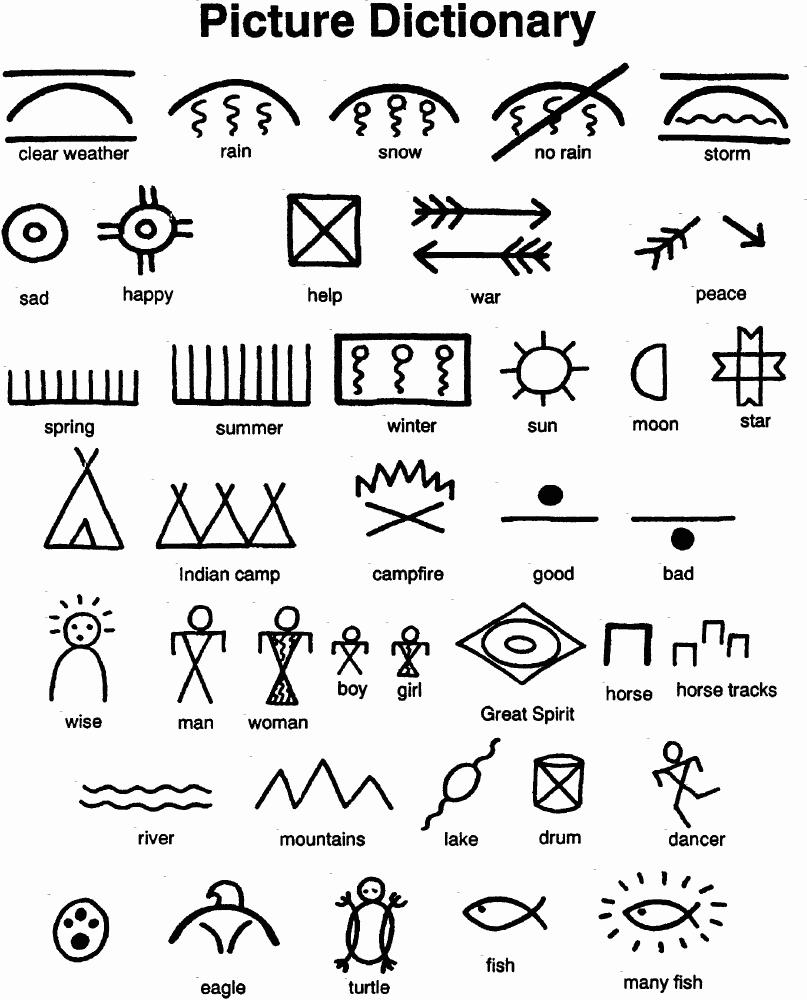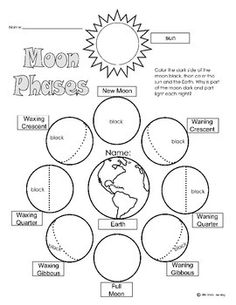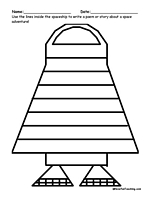Sun Worksheets for Third Grade
This blog post is all about sun worksheets specifically designed for third-grade students. These worksheets are aimed at helping students understand various aspects of the sun and its importance in our solar system. From learning about the different layers of the sun to exploring solar energy and its effects, these worksheets provide an engaging and educational experience for young learners.
Table of Images 👆
More 3rd Grade Worksheets
Telling Time Worksheets 3rd GradeTime Worksheets for 3rd Grade
3rd Grade Reading Comprehension Worksheets
Multiplication Worksheets for 3rd Grade
3rd Grade Math Division Worksheets Printable
Short Reading Comprehension Worksheets 3rd Grade
Soil Worksheets for 3rd Grade
Cursive Writing Worksheets for 3rd Grade
3rd Grade Multiplication Properties Worksheet
First Day of School Worksheets 3rd Grade
What is the Sun made of?
The Sun is primarily composed of hydrogen (about 74%) and helium (about 24%), with small amounts of heavier elements such as oxygen, carbon, neon, and iron making up the remaining 2%. It generates energy through nuclear fusion in its core, where hydrogen fuses into helium, releasing vast amounts of light and heat energy in the process.
What is the shape of the Sun?
The Sun is approximately spherical in shape.
How far is the Sun from the Earth?
The average distance from the Sun to the Earth is about 93 million miles (150 million kilometers). This distance can vary slightly due to the elliptical shape of Earth's orbit around the Sun.
How does the Sun provide light and heat?
The Sun provides light and heat through a process called nuclear fusion. In the Sun's core, hydrogen atoms are fused together to form helium, releasing vast amounts of energy in the form of light and heat. This energy is then radiated outwards in all directions, reaching Earth and providing us with the light and warmth we need for life to exist on our planet.
Why is the Sun important for plants?
The Sun is important for plants because it provides the energy they need to carry out photosynthesis, a process through which they convert sunlight into glucose (sugar) that fuels their growth and development. Sunlight also helps regulate the plants' biological processes, including phototropism (growth towards light), photoperiodism (regulation of flowering), and circadian rhythms. Without sunlight, plants would not be able to survive or thrive.
What are solar flares?
Solar flares are intense bursts of radiation and energy that erupt from the Sun's surface, often accompanied by a release of charged particles. These sudden outbursts can send electromagnetic radiation, such as X-rays and ultraviolet light, into space, impacting satellites, communication systems, and power grids on Earth. Solar flares are typically caused by the reconfiguration of magnetic fields on the Sun's surface, leading to the release of stored energy in the form of radiation and particles.
How does the Sun affect the Earth's weather?
The Sun plays a vital role in shaping Earth's weather by providing the heat and energy that drive atmospheric circulation and weather systems. Solar radiation warms the atmosphere, oceans, and land surfaces, causing temperature variations that influence wind patterns, cloud formation, and precipitation. The Sun's energy also powers the water cycle, driving the evaporation of water from oceans and the subsequent condensation and release of moisture as rain or snow. Additionally, solar activity can impact Earth's climate over long timescales, leading to phenomena such as ice ages or periods of warming.
What is a solar eclipse?
A solar eclipse occurs when the Moon passes between the Sun and Earth, blocking the Sun's light and casting a shadow on Earth. This alignment results in either a total solar eclipse, where the Sun is completely obscured, or a partial solar eclipse, where the Sun is only partially obscured.
How long does it take for the Sun's light to reach the Earth?
It takes approximately 8 minutes and 20 seconds for light from the Sun to travel to Earth, covering a distance of about 93 million miles.
Can we live on the Sun?
No, it is not possible for humans to live on the Sun. The Sun's surface temperature is about 5,500 degrees Celsius, and its core temperature reaches over 15 million degrees Celsius, which is far too hot for any known form of life to survive. Additionally, the Sun lacks a solid surface, so there is no solid ground to stand on.
Have something to share?
Who is Worksheeto?
At Worksheeto, we are committed to delivering an extensive and varied portfolio of superior quality worksheets, designed to address the educational demands of students, educators, and parents.

























Comments